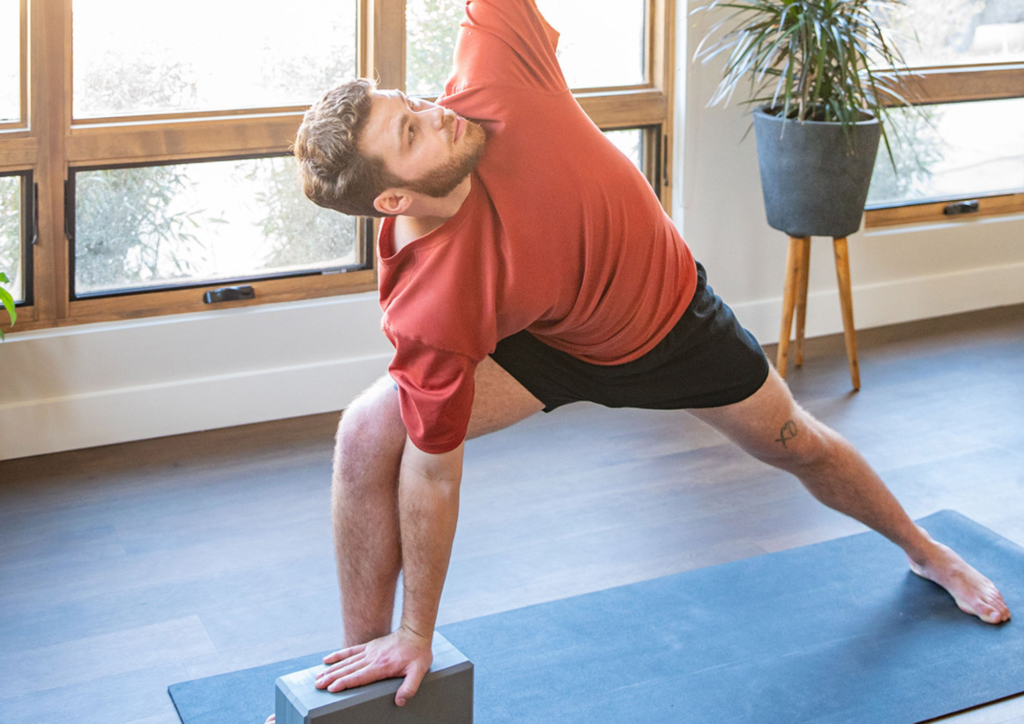Yoga is a fantastic way to improve flexibility, build strength, and find mental clarity, but let’s face it – not every pose is a breeze right from the start. Whether you’re a beginner or looking to deepen your practice, yoga blocks can be a game-changer. These handy props help bridge the gap between you and the mat, making challenging poses more accessible and supporting safe, proper alignment. In this post, we’ll explore five foundational yoga poses where blocks can help you achieve stability and reach deeper stretches.
Let’s dive into the world of yoga blocks and how they can make these five essential poses feel effortless!
1. Downward-Facing Dog (Adho Mukha Svanasana)
Downward-Facing Dog is one of the most widely recognized yoga poses, but it can be challenging for beginners due to tight hamstrings or stiff shoulders. Enter the yoga block.
- How to use a block: Place a block under each hand, set at the medium height. This extra lift reduces strain on the wrists and shoulders, helping you to lengthen your spine fully.
- Benefits: Blocks create space, allowing you to find proper alignment in your shoulders and release any tension in the upper back.
- Tip: Focus on pressing evenly into the blocks, engaging your core, and keeping your tailbone lifted.
With the support of blocks, you can build strength and flexibility in this classic pose without straining your body.
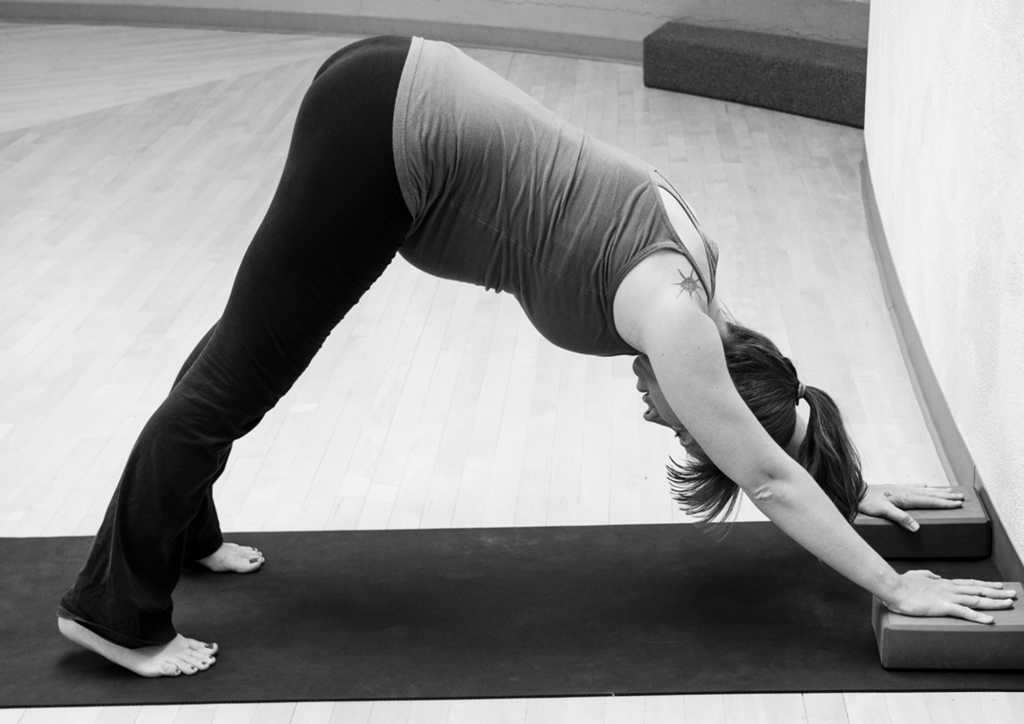
2. Forward Fold (Uttanasana)
A Forward Fold is wonderful for stretching the hamstrings and calming the mind, but it can feel uncomfortable if you have tight muscles.
- How to use a block: Place one or two blocks at their tallest height in front of you. Rest your hands on them to bring the floor closer to you.
- Benefits: The blocks reduce tension on the lower back and hamstrings, allowing you to relax into the stretch without overextending.
- Tip: Avoid rounding your spine. Instead, keep a gentle bend in your knees if needed, and reach forward with a flat back.
Using blocks in a Forward Fold will help you ease into the stretch, ultimately improving flexibility over time.
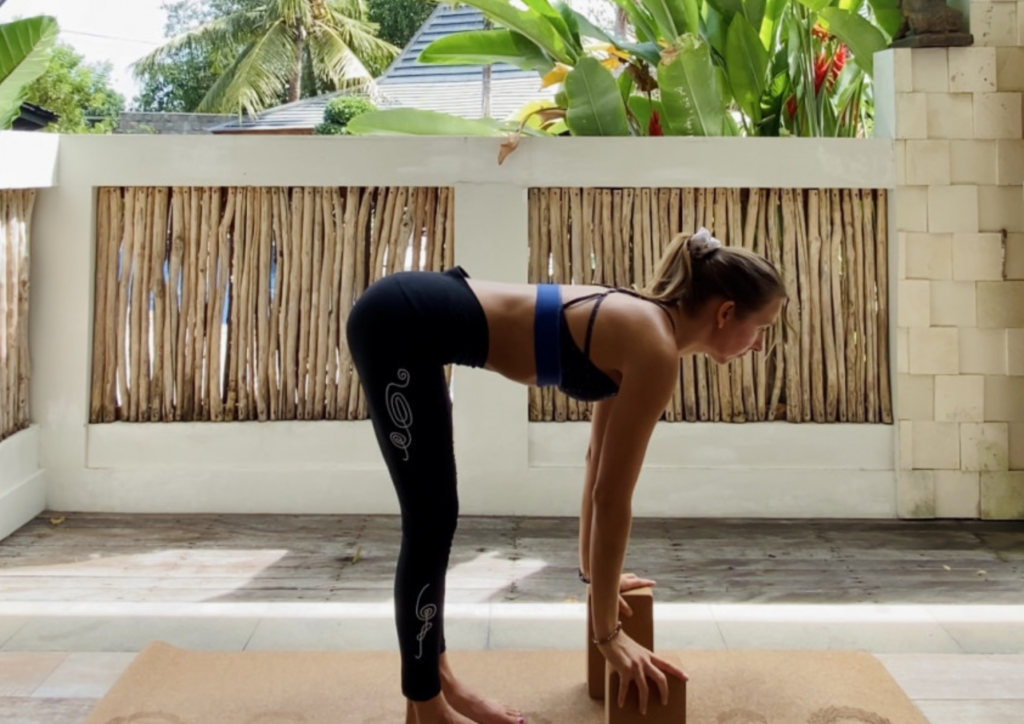
3. Triangle Pose (Trikonasana)
Triangle Pose is a standing posture that stretches the sides of the body, strengthens the legs, and improves balance.
- How to use a block: Place a block on the outside of your front foot, and rest your lower hand on it. Adjust the height of the block to where you feel stable.
- Benefits: The block provides support, helping you to maintain length in the spine and avoid collapsing into your lower side.
- Tip: Imagine your torso rotating open, with your chest and hips facing forward.
In Triangle Pose, the block offers the stability needed to keep proper alignment, which also deepens the stretch on both sides of the body.
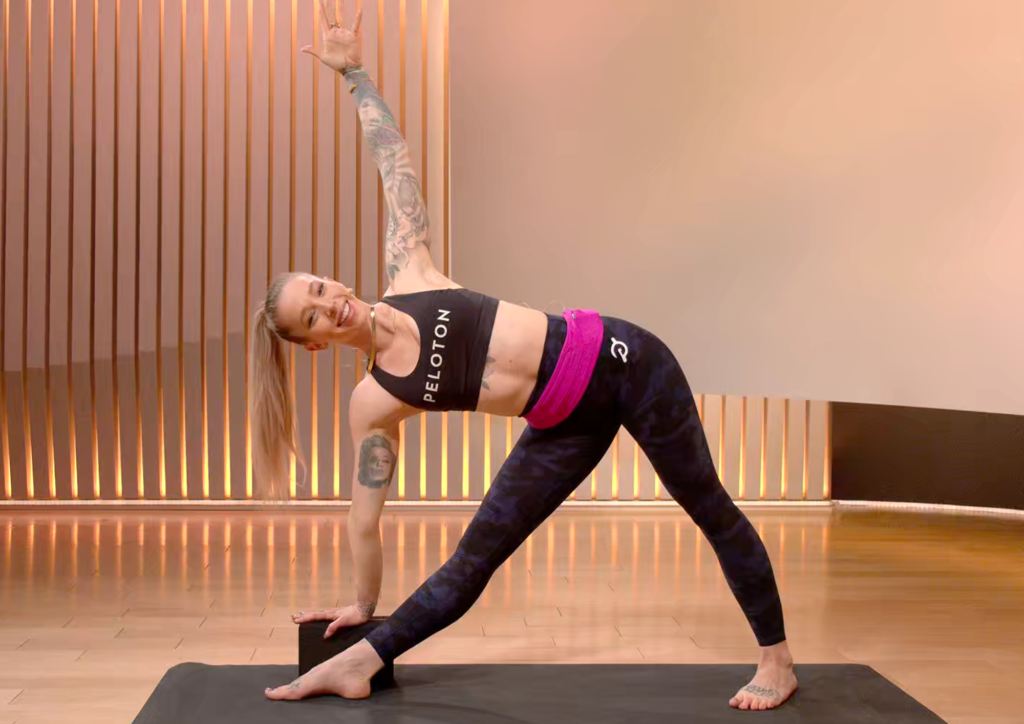
4. Bridge Pose (Setu Bandhasana)
Bridge Pose is a great backbend that strengthens the legs, glutes, and core while opening the chest.
- How to use a block: Slide a block under your sacrum (lower back) once you’re lifted in the pose. Choose a comfortable height that supports your back.
- Benefits: The block allows you to hold the pose longer and experience a restorative backbend, relieving tension in the lower back.
- Tip: Focus on grounding your feet into the mat and keeping your knees aligned directly above your heels.
Adding a block under the sacrum in Bridge Pose transforms it into a more restorative posture, ideal for winding down.
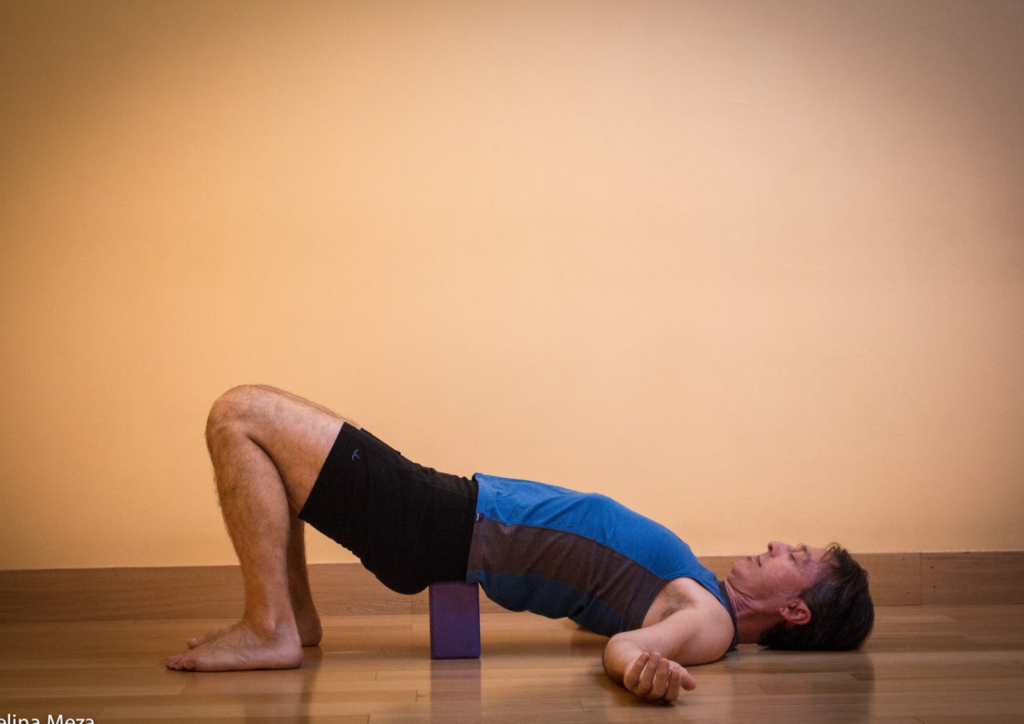
5. Seated Forward Fold (Paschimottanasana)
A Seated Forward Fold stretches the entire back body but can feel intense for anyone with tight hamstrings or a stiff lower back.
- How to use a block: Place a block on your shins or ankles and reach for it instead of your feet.
- Benefits: This adjustment encourages a longer spine, allowing you to lean forward without rounding your back.
- Tip: Flex your feet and focus on hinging at the hips rather than rounding at the lower back.
Using a block in a Seated Forward Fold helps to bring the stretch within reach, ensuring a safer, more effective stretch.
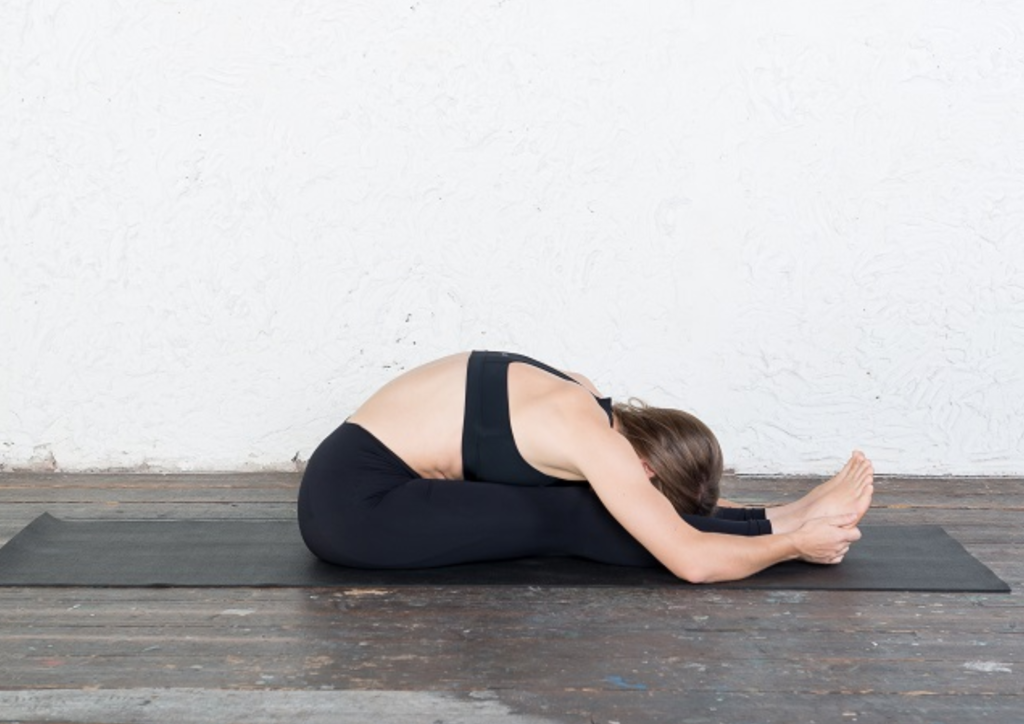
Conclusion:
Incorporating yoga blocks into your practice is an empowering way to make challenging poses more accessible while encouraging proper alignment. These five foundational poses, enhanced by yoga blocks, will help you build confidence, flexibility, and strength. Remember, yoga is about honoring where you are today – props like blocks are here to support you on your journey. So next time you step onto your mat, reach for a block and explore the full potential of these essential poses.
Embrace your practice with ease, breathe deeply, and enjoy the journey with your yoga blocks by your side!

